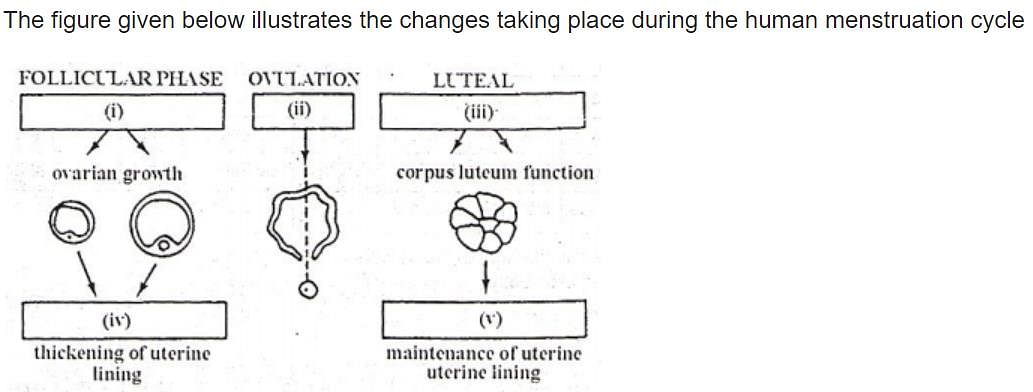Test: Human Reproduction - 2 - NEET MCQ
25 Questions MCQ Test Biology Class 12 - Test: Human Reproduction - 2
The stage during which menstruation stops in the adult female is
| 1 Crore+ students have signed up on EduRev. Have you? Download the App |
The mature follicle that holds the secondary oocyte before release from the ovary is called _________
The distinguishing characteristic of a tertiary follicle is a fluid-filled cavity called ________
Which of the following is not the function of the ovary?
Onkar was attending a Biology exam where the teacher drew a diagram of an ovary with numerous follicles. Onkar was able to identify the following four follicles in the ovary. Which of the mentioned follicles by him is incorrect?
Ovulation in the human female normally takes place during the menstrual cycle
Immediately after ovulation, the mammalian egg is covered by a membrane known as
Stem cells that are capable of giving rise to all the tissues and organs are present in:
Match the items in Column-I with their corresponding functions or secretions in Column-II and choose the correct answer.
Column-I | Column-II
a. Hypothalamus | (i) Sperm lysin
b. Acrosome | (ii) Estrogen
c. Graffian follicle | (iii) Relaxin
d. Leydig cells | (iv) GnRH
e. Parturition | (v) Testosterone
Which of the following event does not occur after implantation?
(a) Appearance of germinal layers
(b) Formation of chorionic villi
(c) Secretion of HCG
(d) Formation of trophoblast and inner cell mass

In each of the boxes shown in the figure write the name of the hormone, or hormones controlling the stage in the human menstrual cycle.
Which of the following male and female structures are least alike in function?
|
78 videos|276 docs|174 tests
|





















